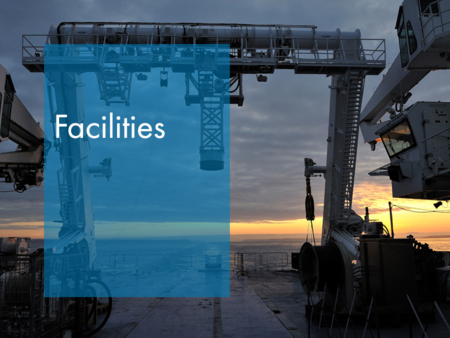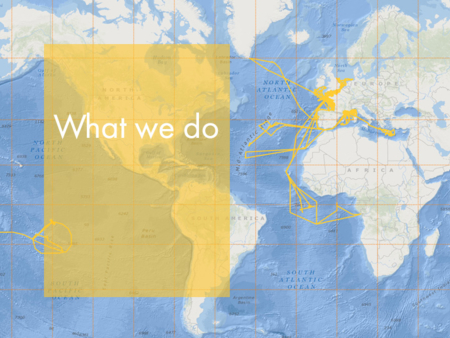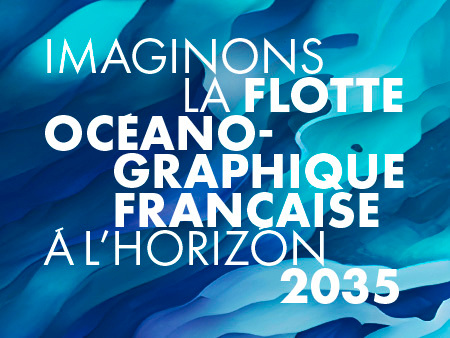Echo sounders for observing the water column
Echo sounders designed for observing the water column are used by scientists to study the following:
- Biology of marine ecosystems, and in particular assessing stocks within the European regulatory framework of the common fisheries policy.
- Physics of the water mass and biogeochemical approaches to quantify the transfer of energy to the higher trophic levels, from phytoplankton up to the apex predators.
- Marine geosciences for the observation of fluids discharging from the seabed.
- Coastal ecology for mapping seaweed such as Laminaria.
Two types of echo sounder are deployed on the vessels:
- Single-beam multifrequency (EK60) or wide band (EK80) for characterizing targets using their frequency responses.
- Multibeam (ME70) for observing targets in three dimensions and characterizing their spatial structures.
These echo sounders feature functions for calibrating intensity to enable a quantified approach to water column reflectivity.
Data from these echo sounders are acquired and processed by the HERMES and MOVIES3D software aboard ship.
Multibeam echo sounders for seabed mapping also enable the qualitative observation of the water column. Data quality is not, however, identical and targets of low reflectivity are masked by targets of higher reflectivity (particularly near the bottom).
Echo sounders deployed:
- Marion Dufresne : EK80 (38,70,120,200 kHz)
- L’Atalante : EK60 (38,200 kHz)
- Thalassa :ME70 et EK80 (38,70,120,200,333 kHz)
- L’Europe : ME70 et EK60 (38,70,120,200,333 kHz)
- Antéa : EK60 (38,70,120,200 kHz)
- Alis : EK60 (38,70,120,200 kHz)
- Thalia : EK60 (120 kHz)
- Haliotis : EK60 (120 kHz)
The characteristics provided for each vessel are manufacturer specifications. Performance can vary depending on the noise radiating from the ship and the electrical system.




